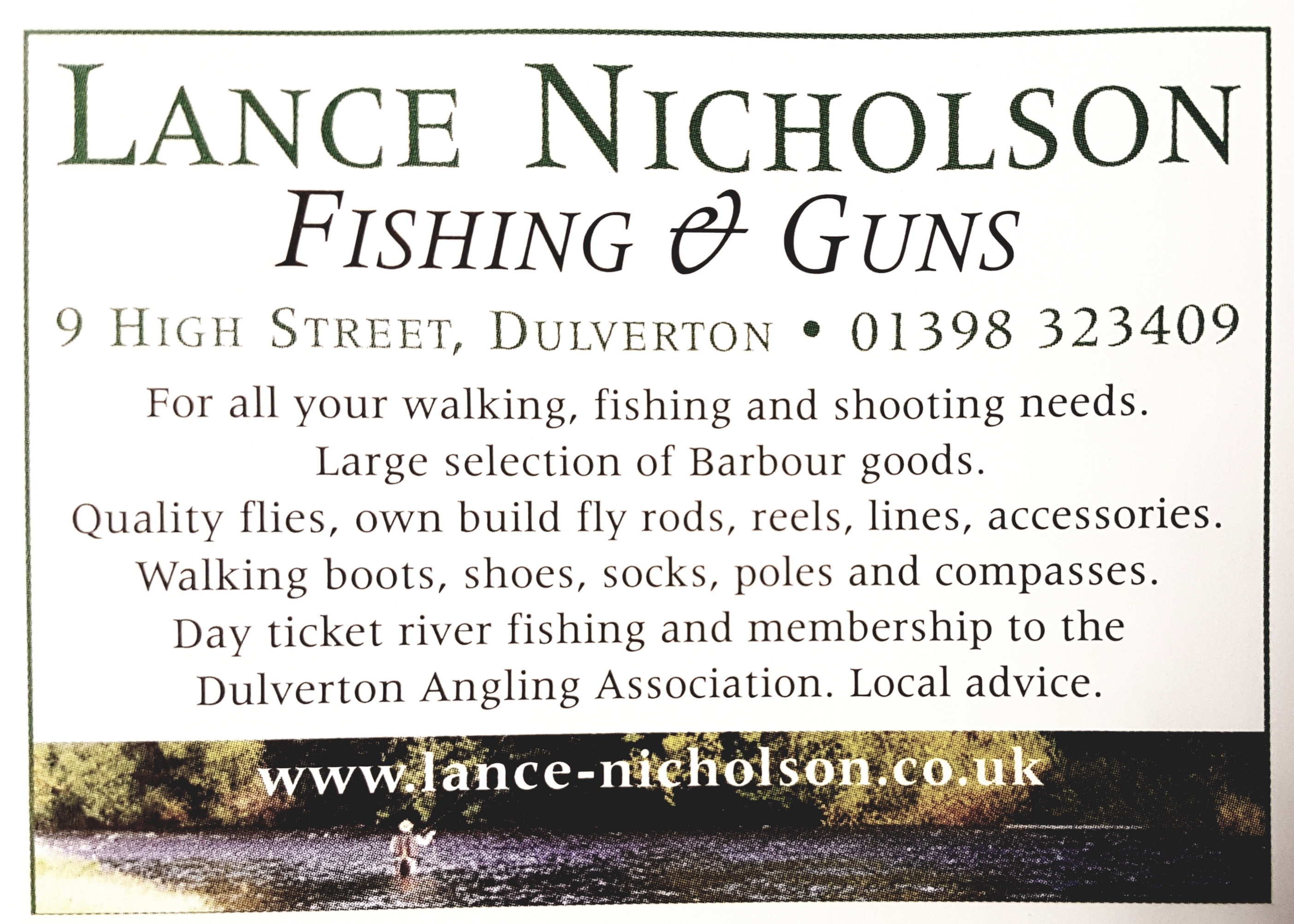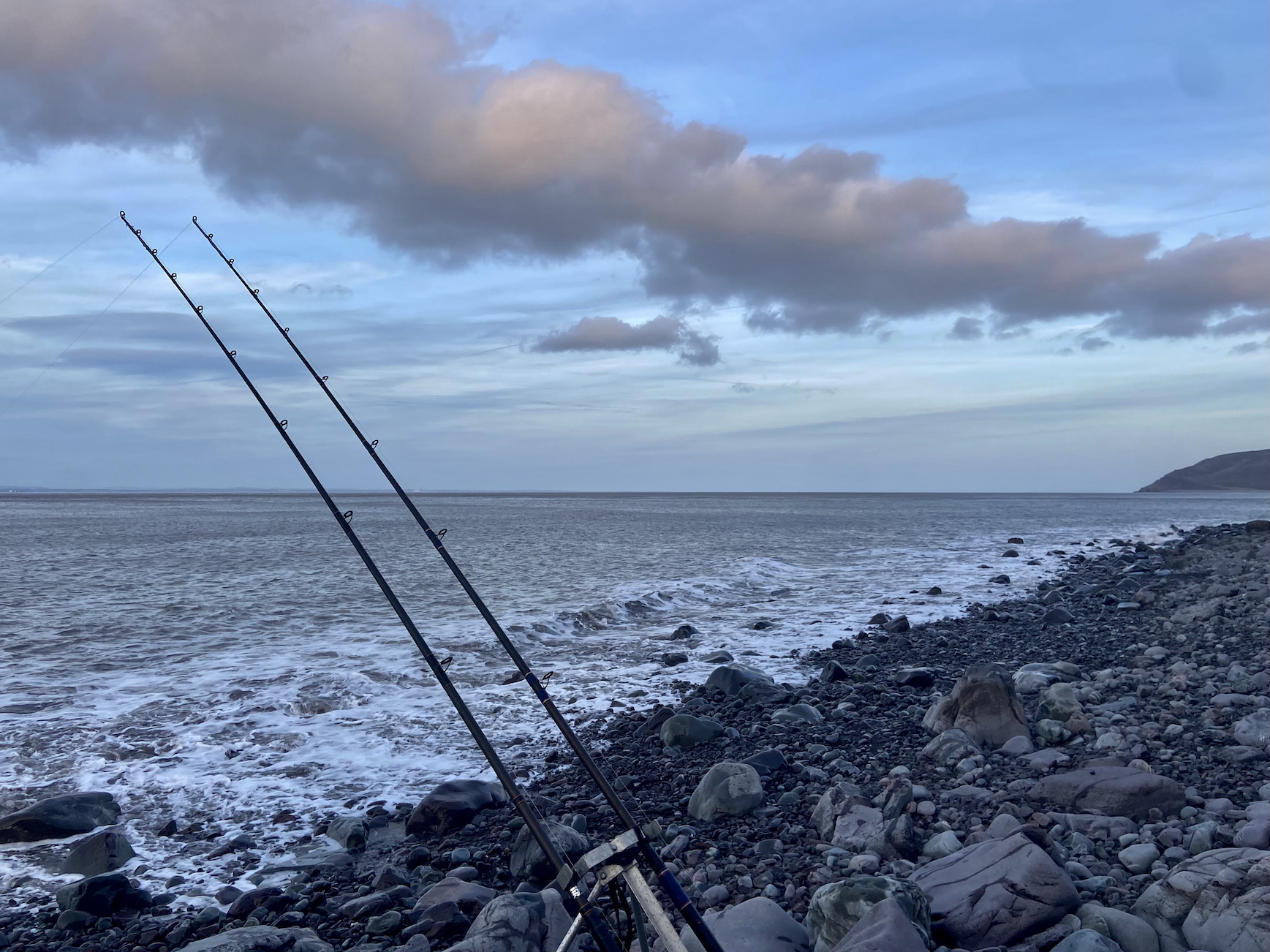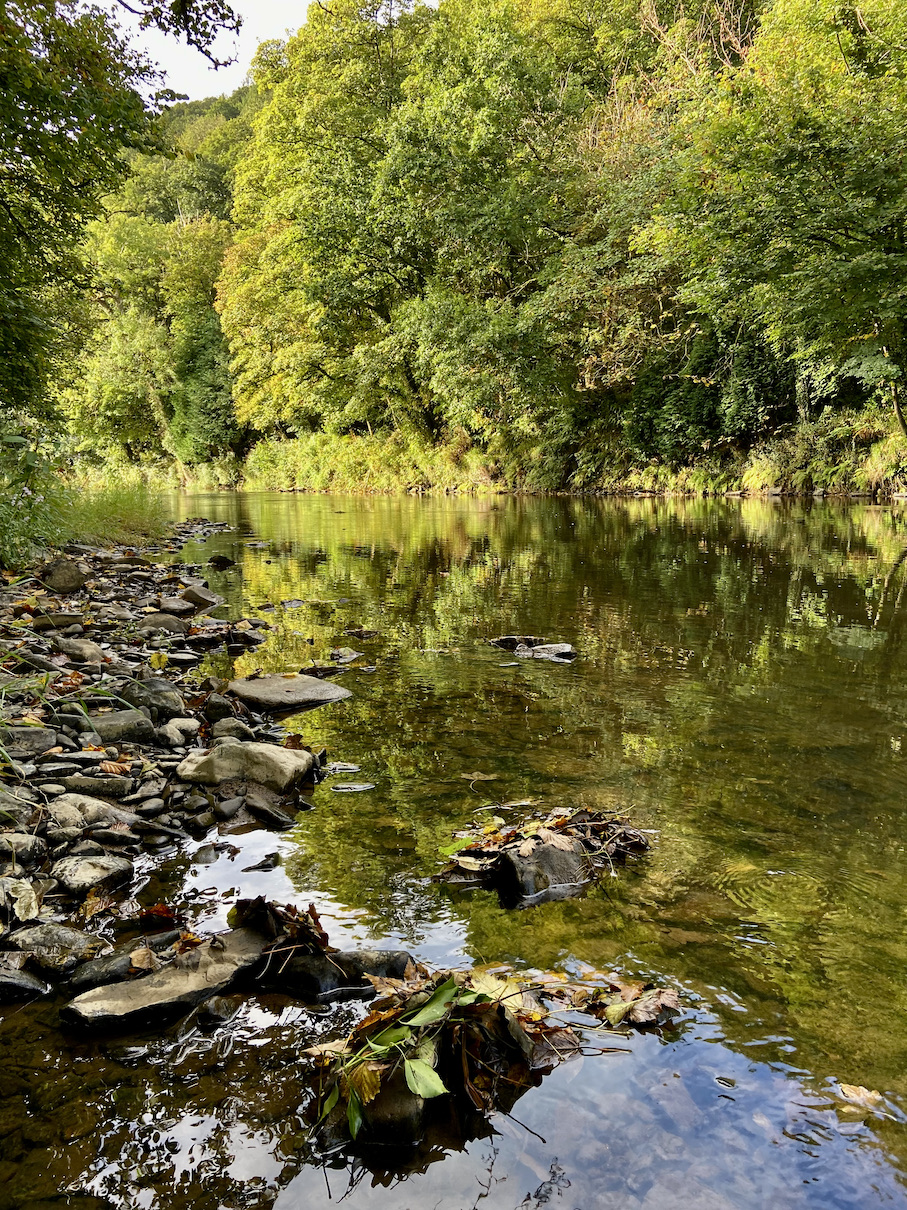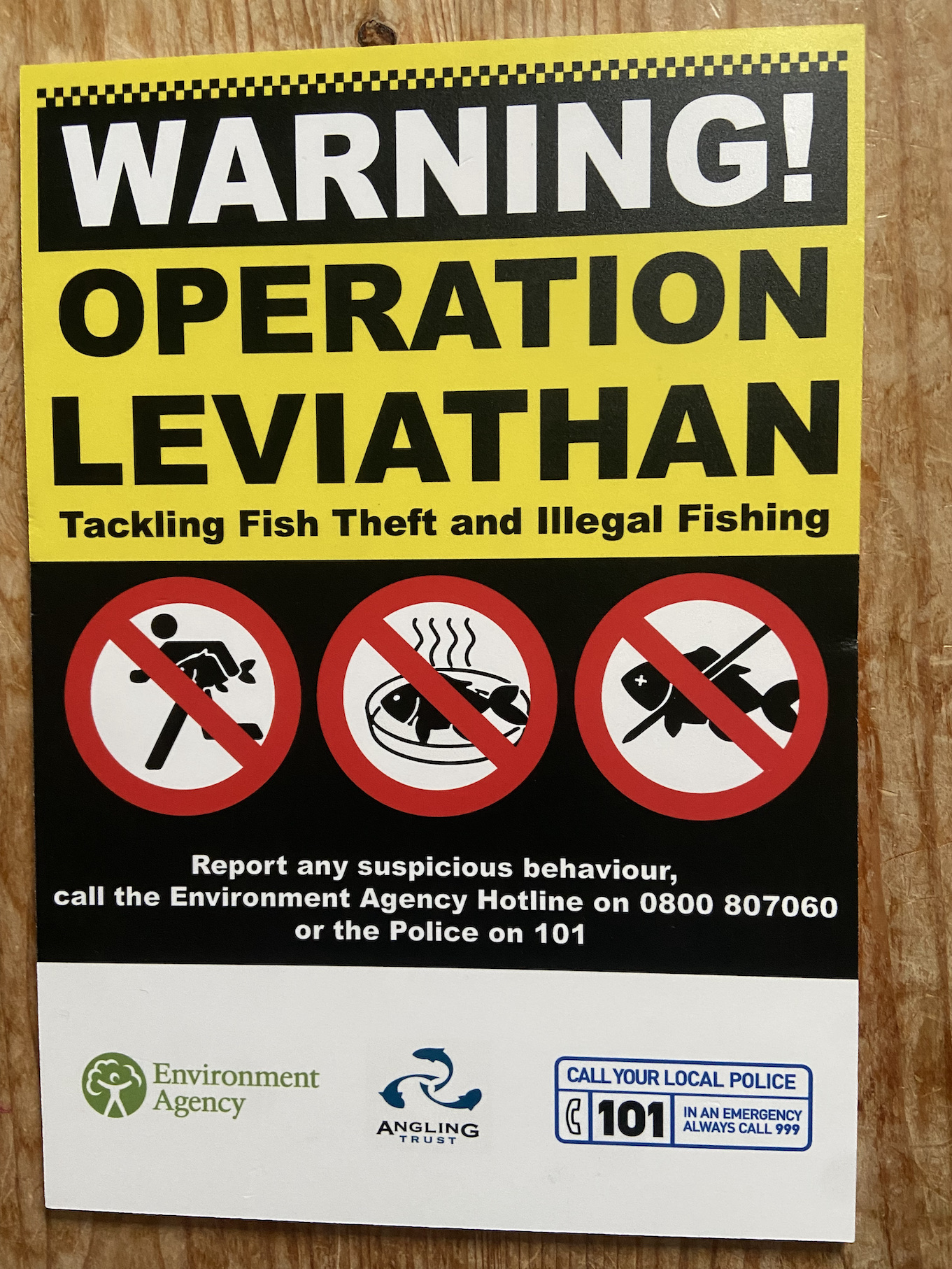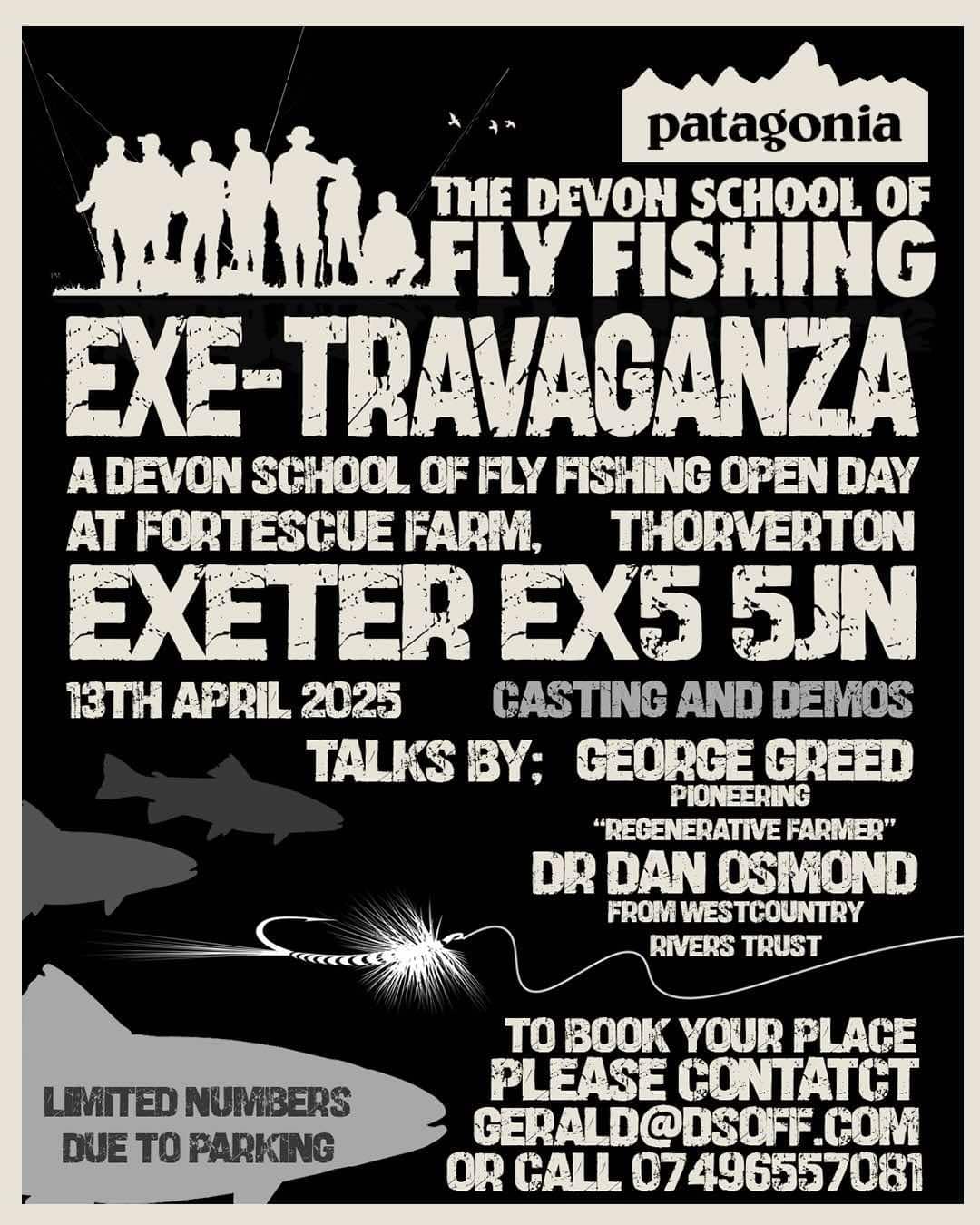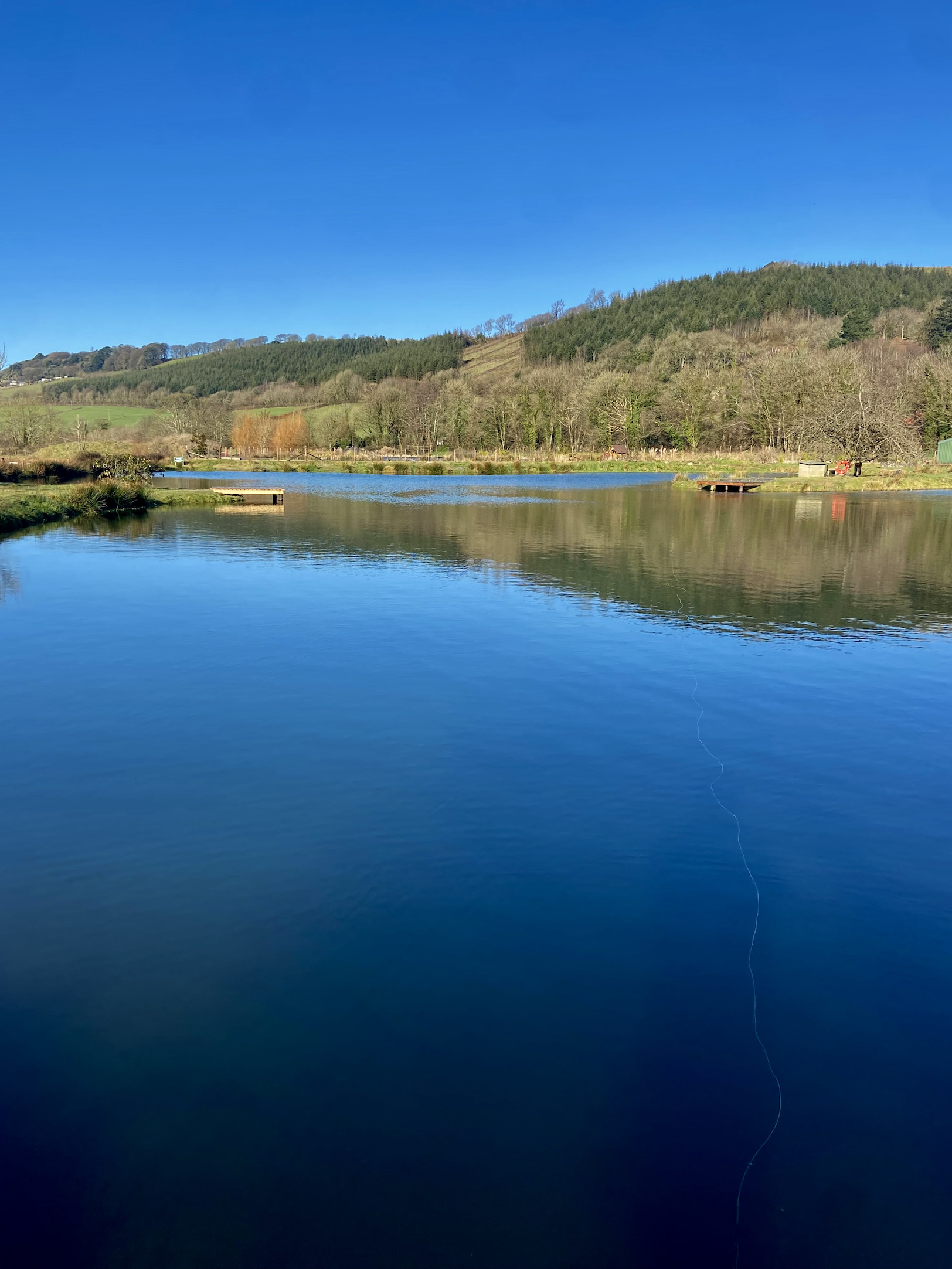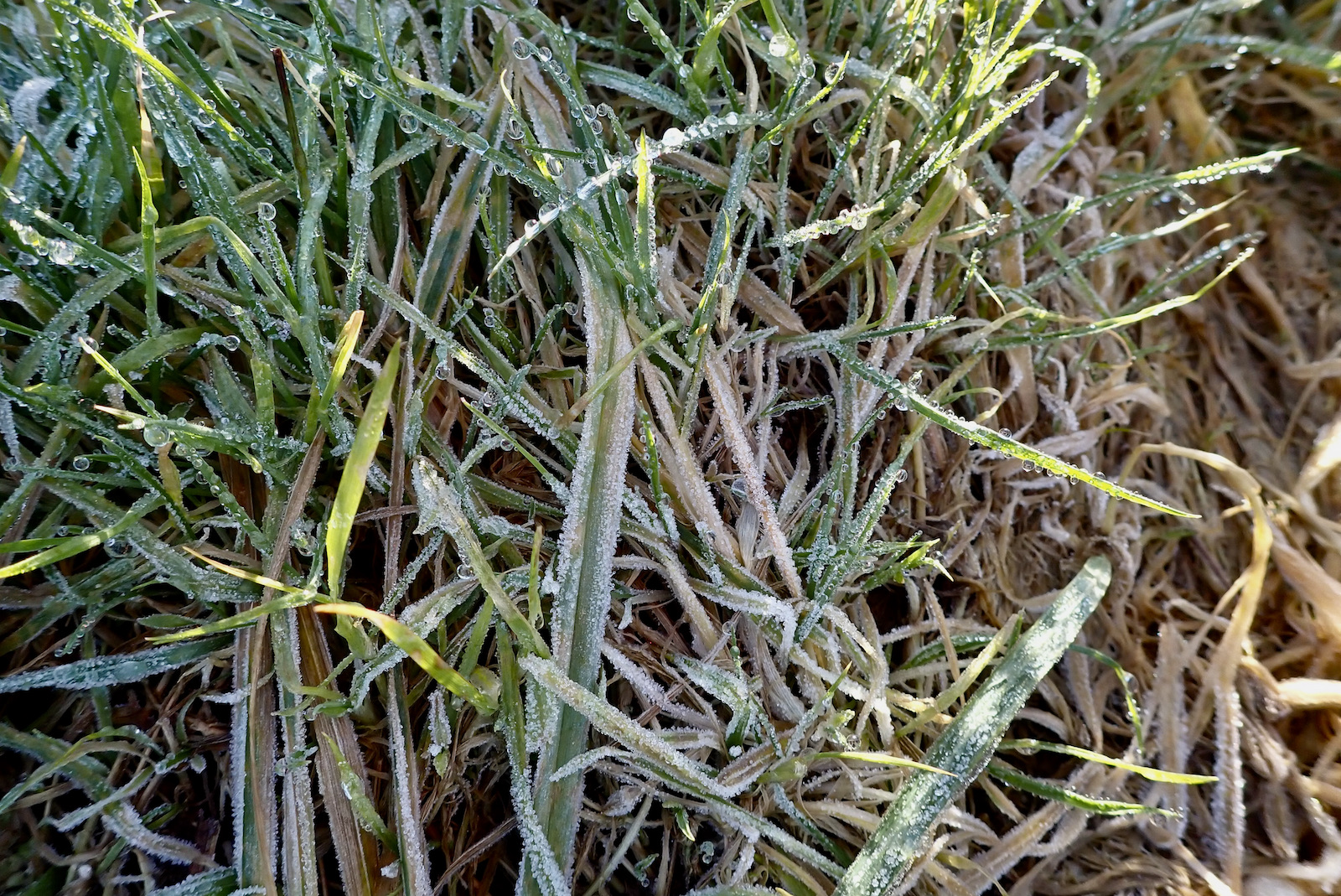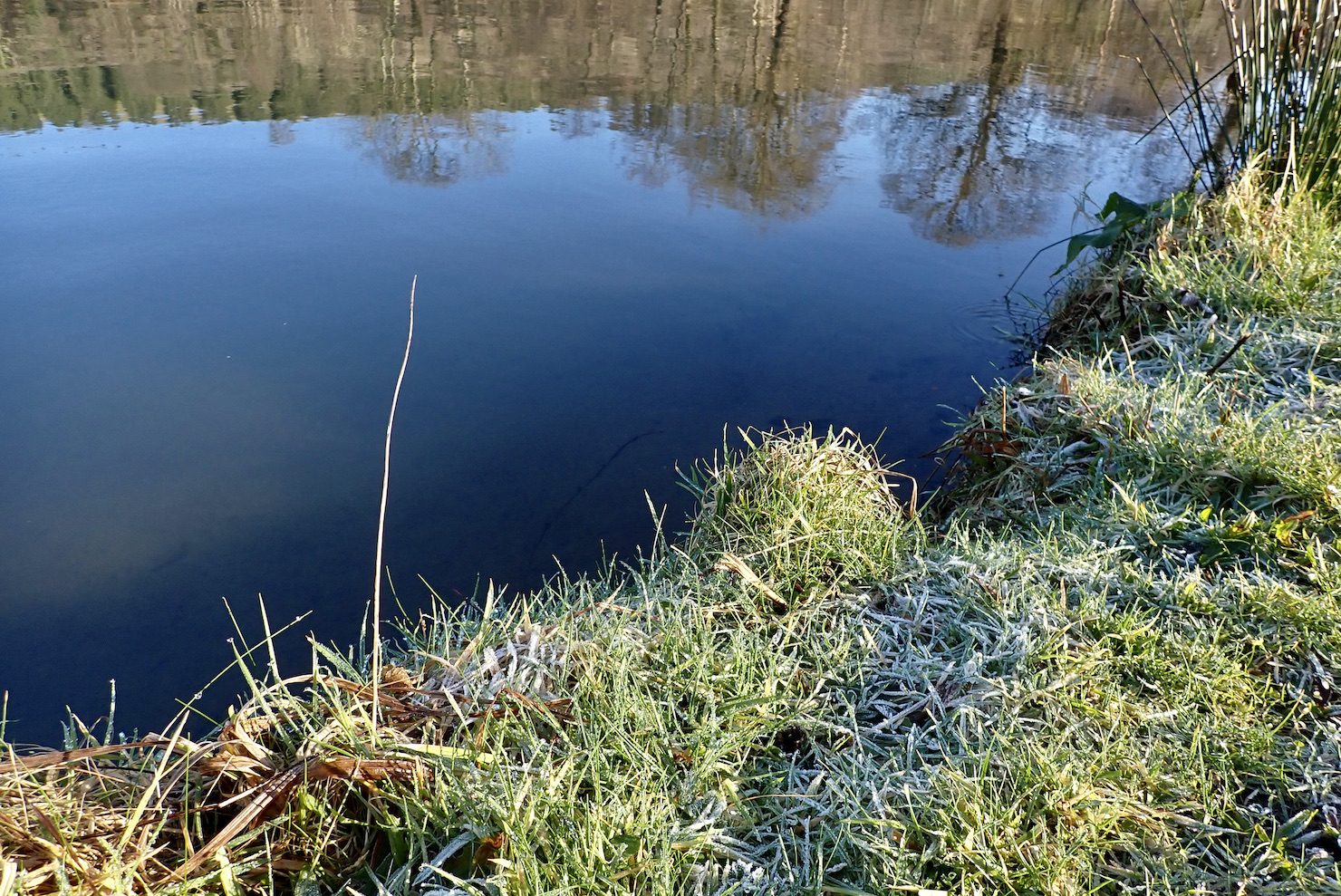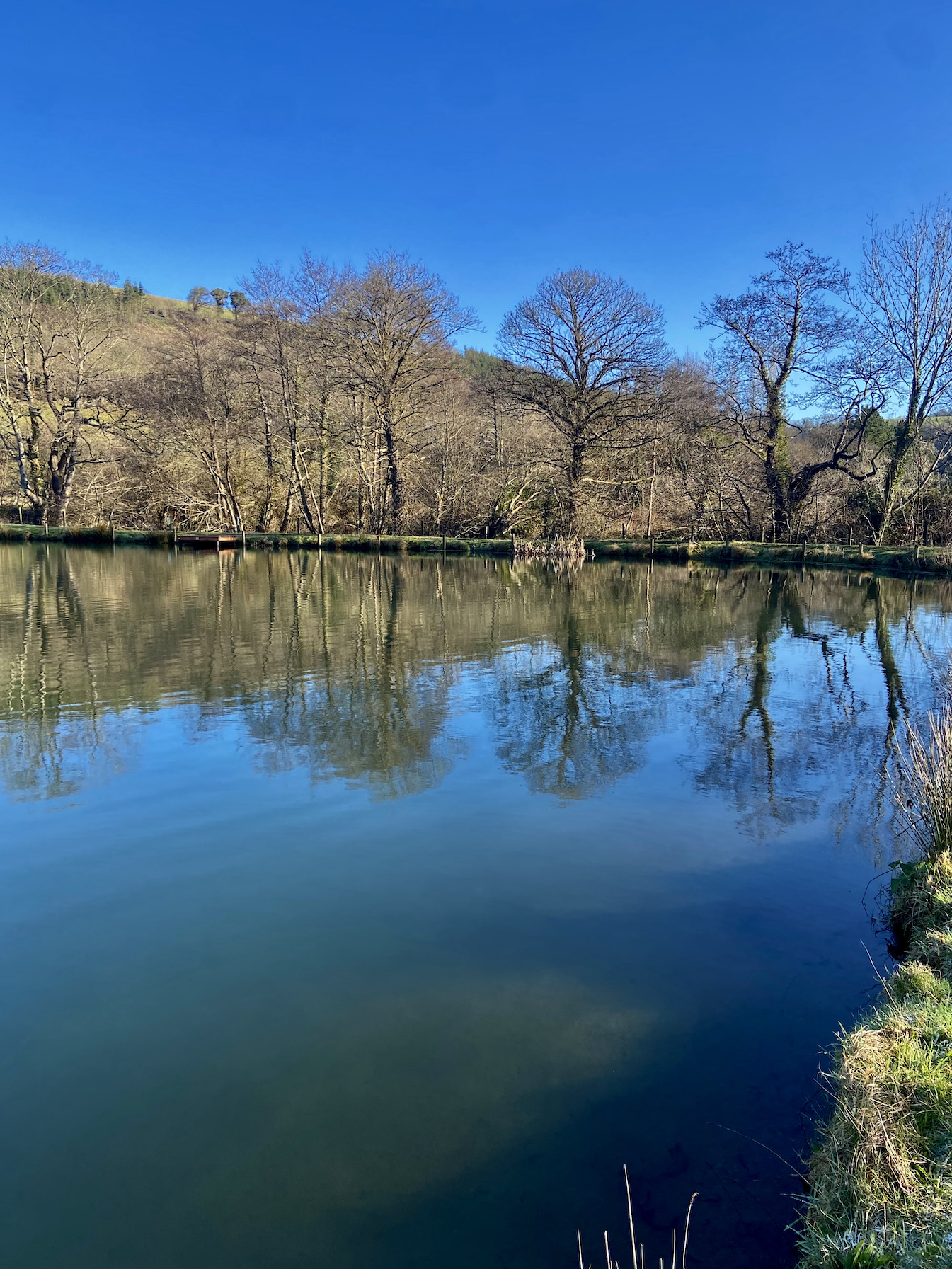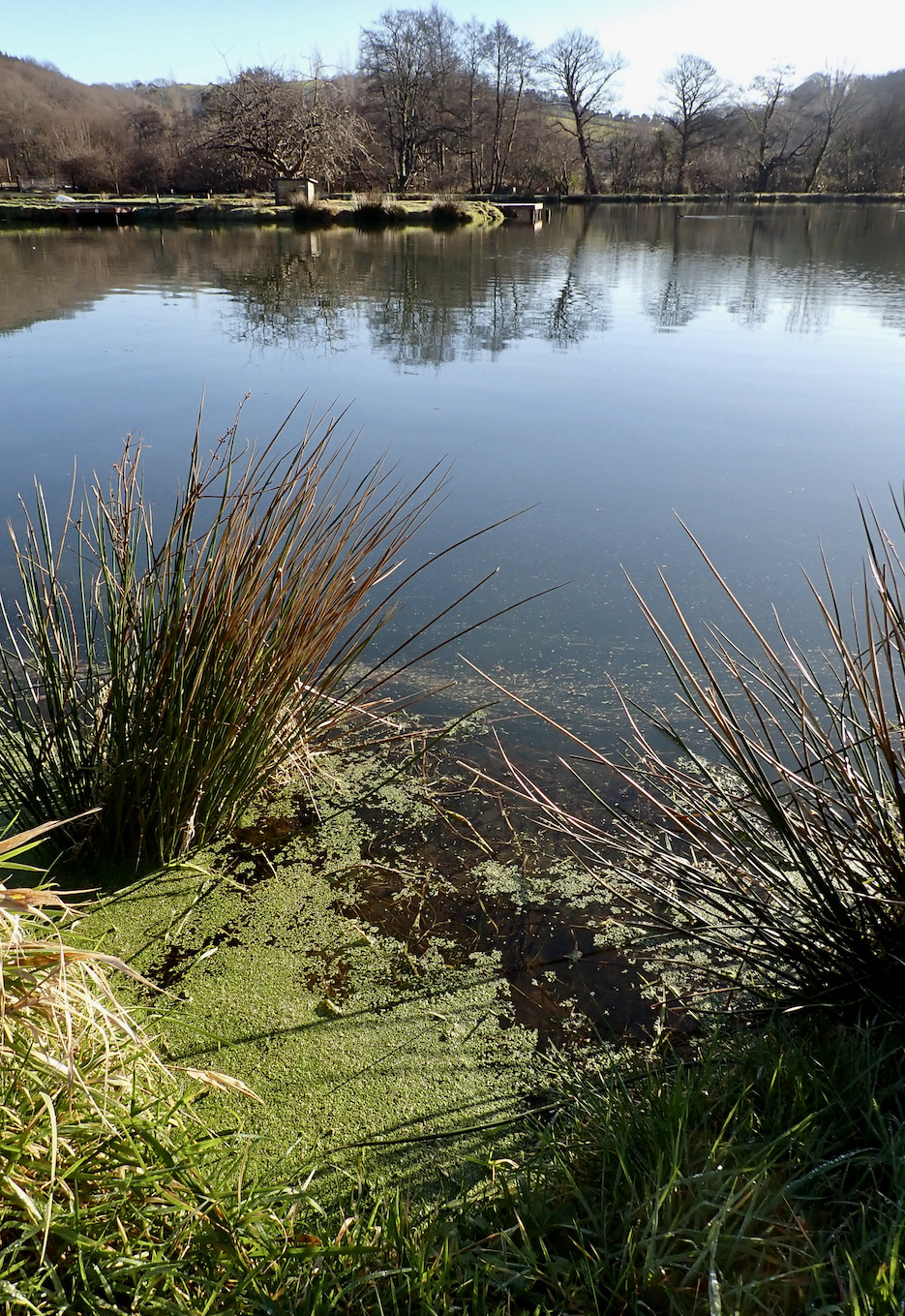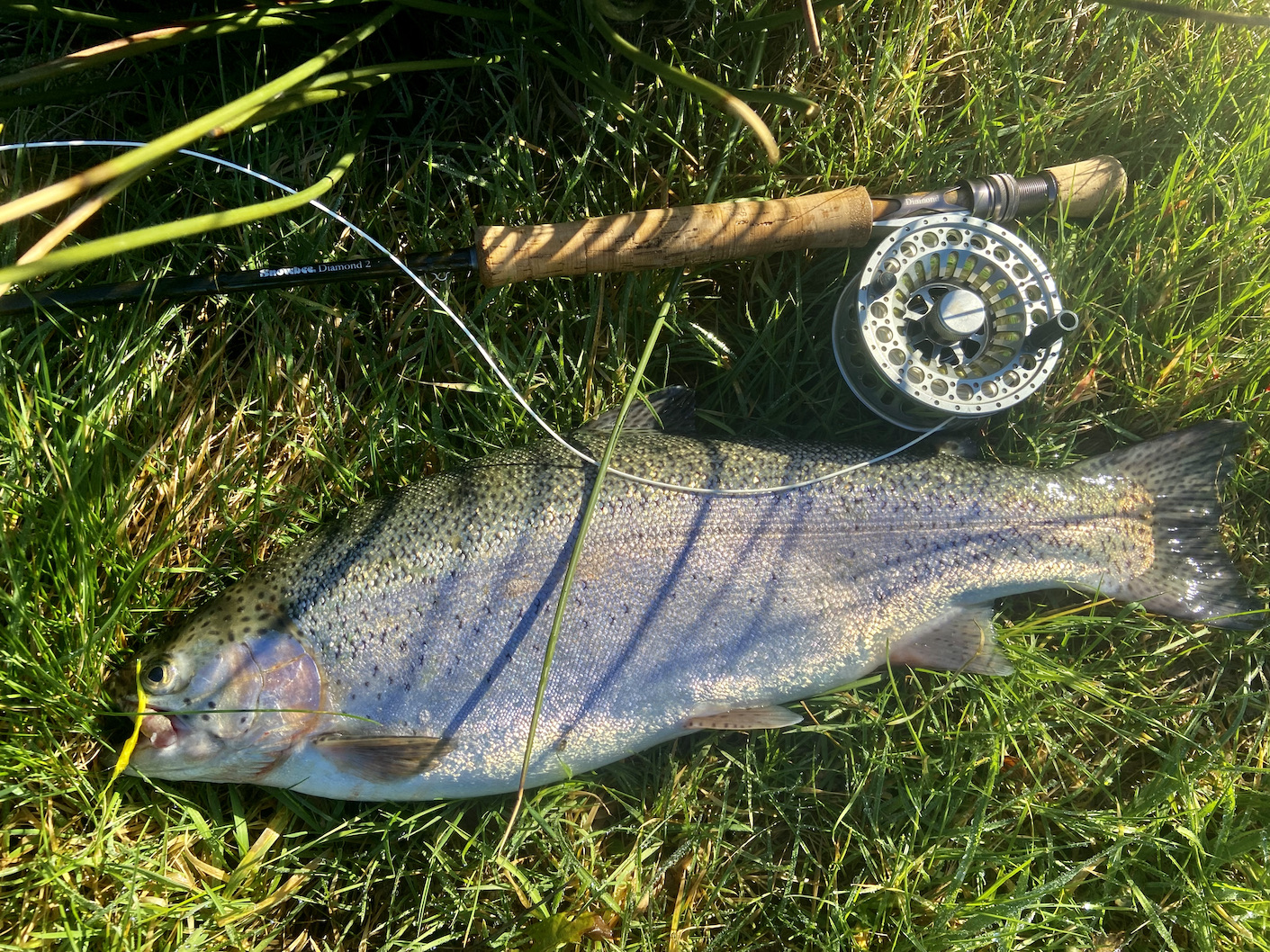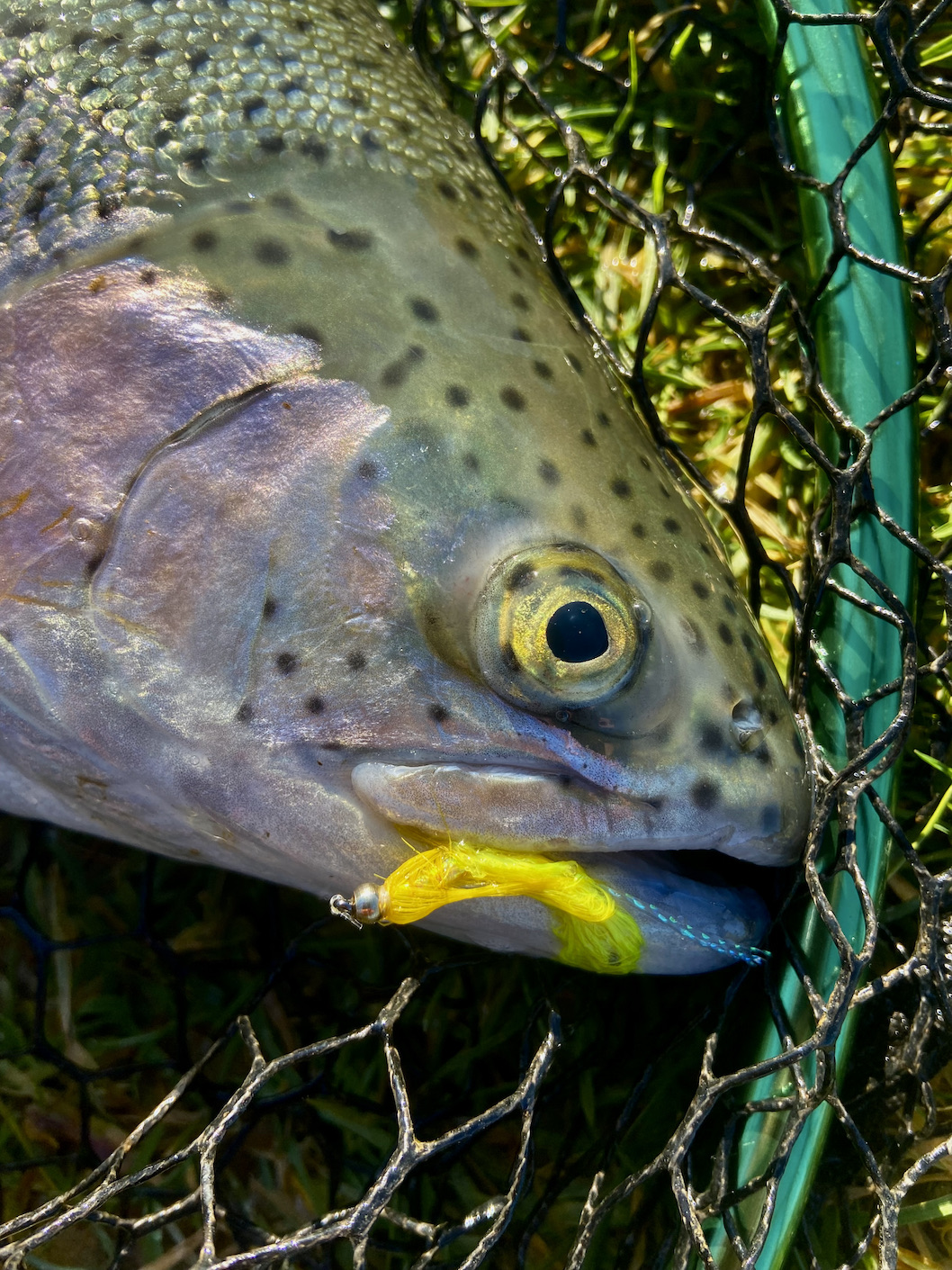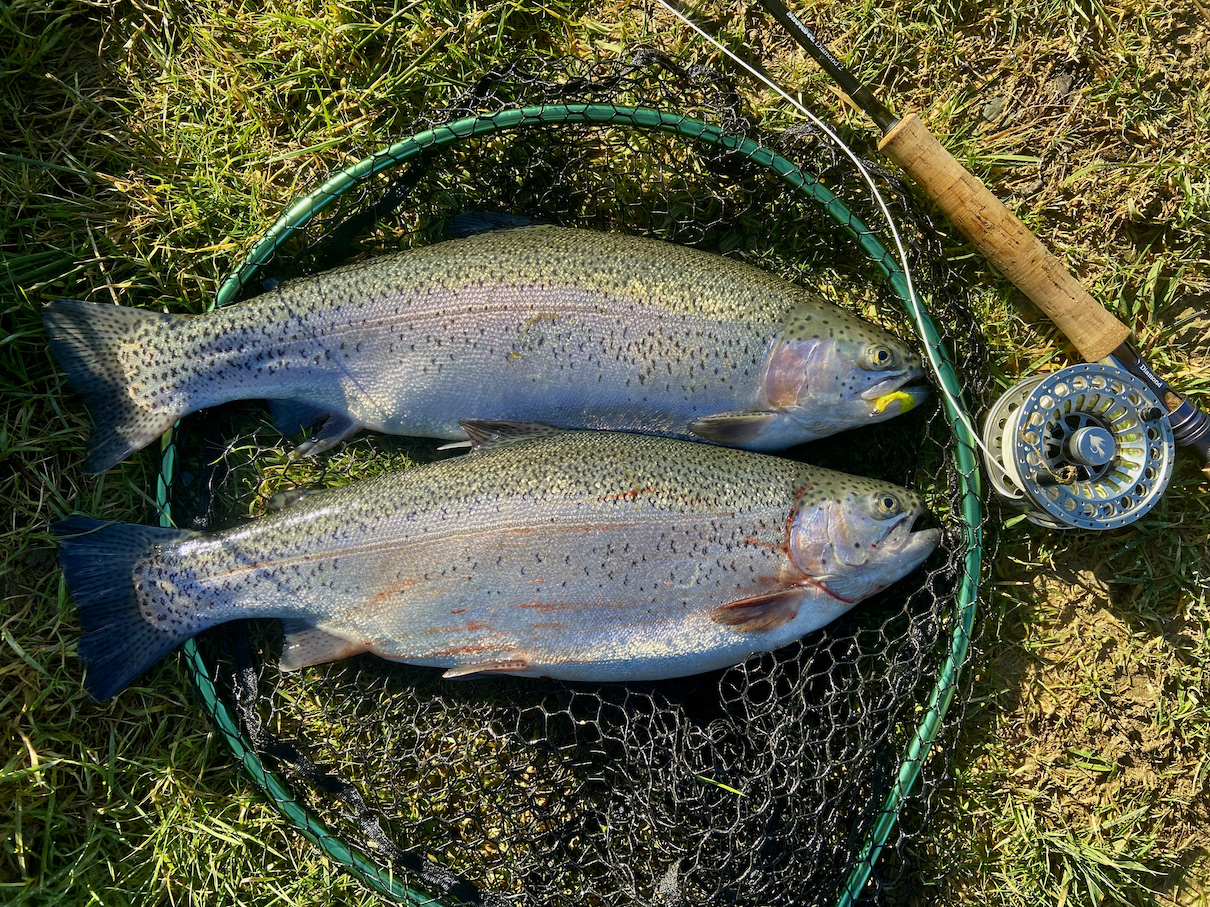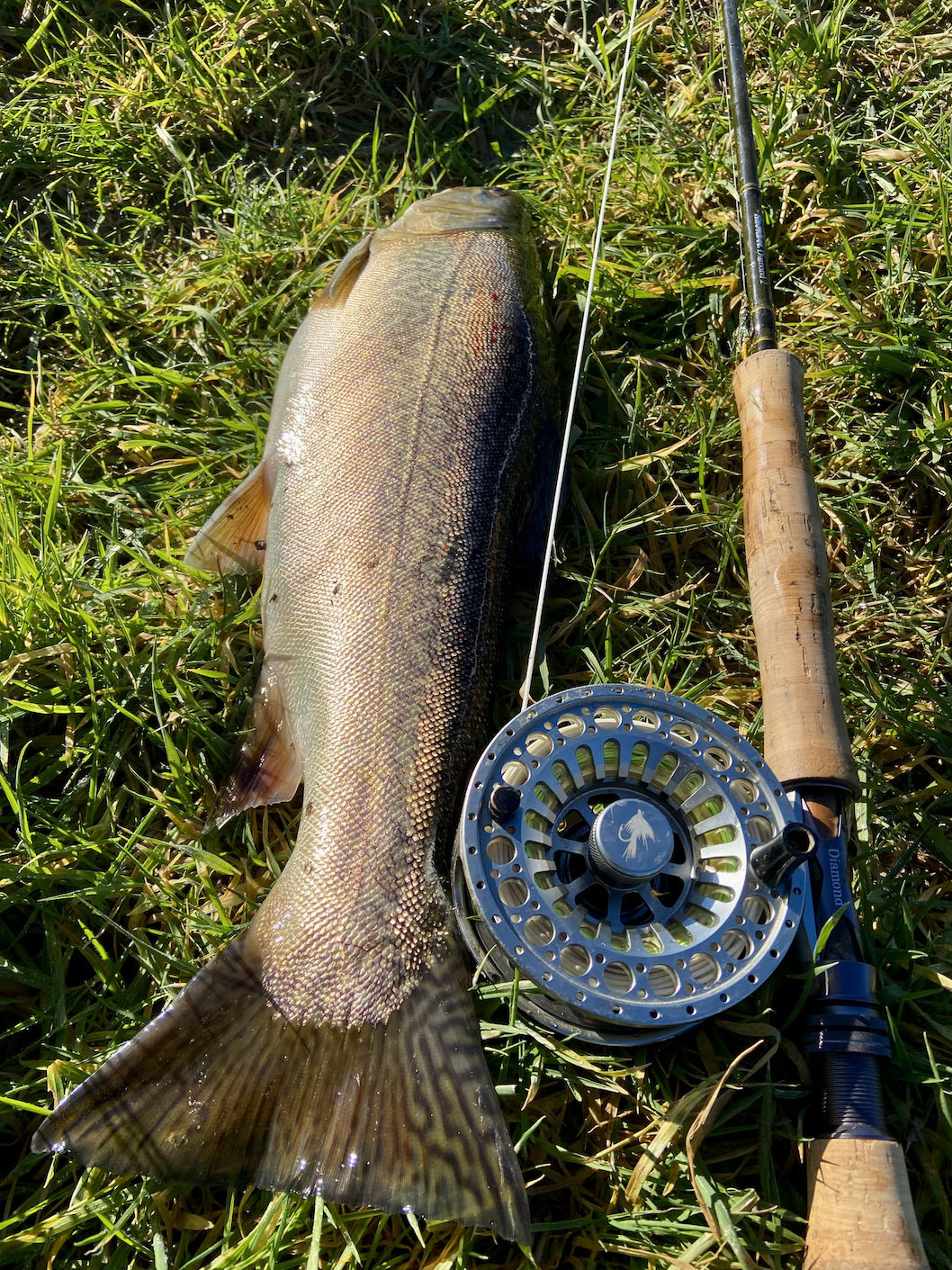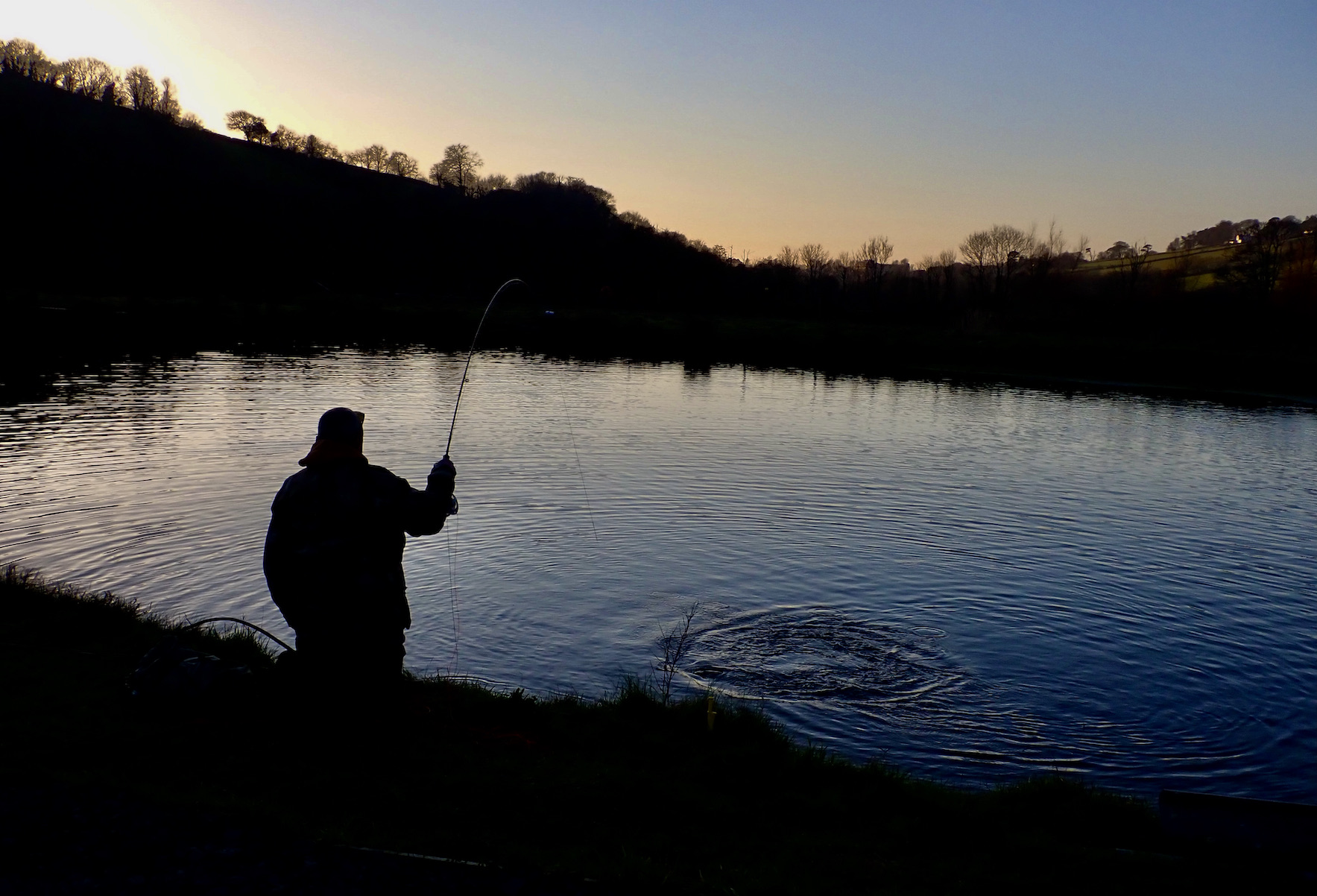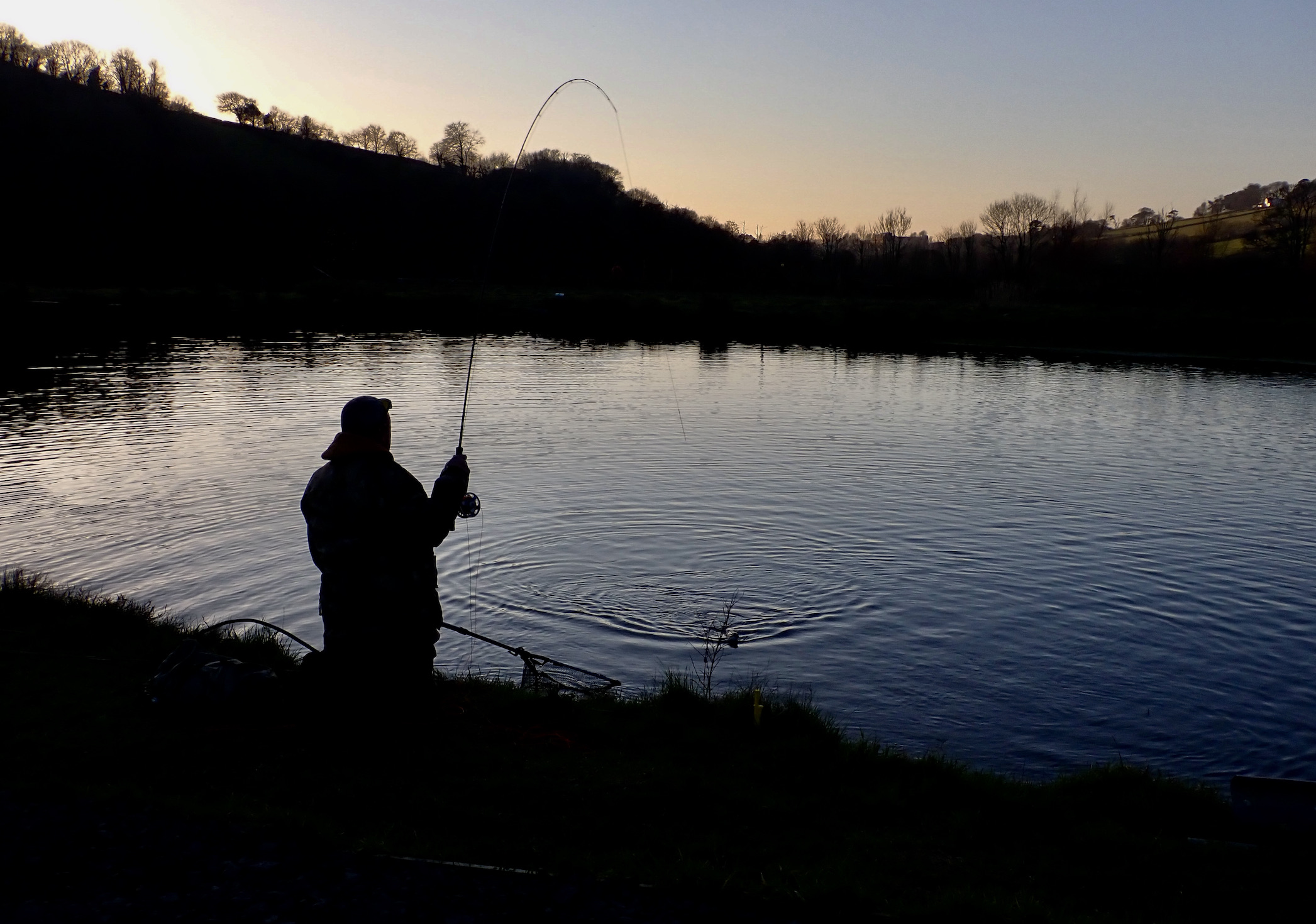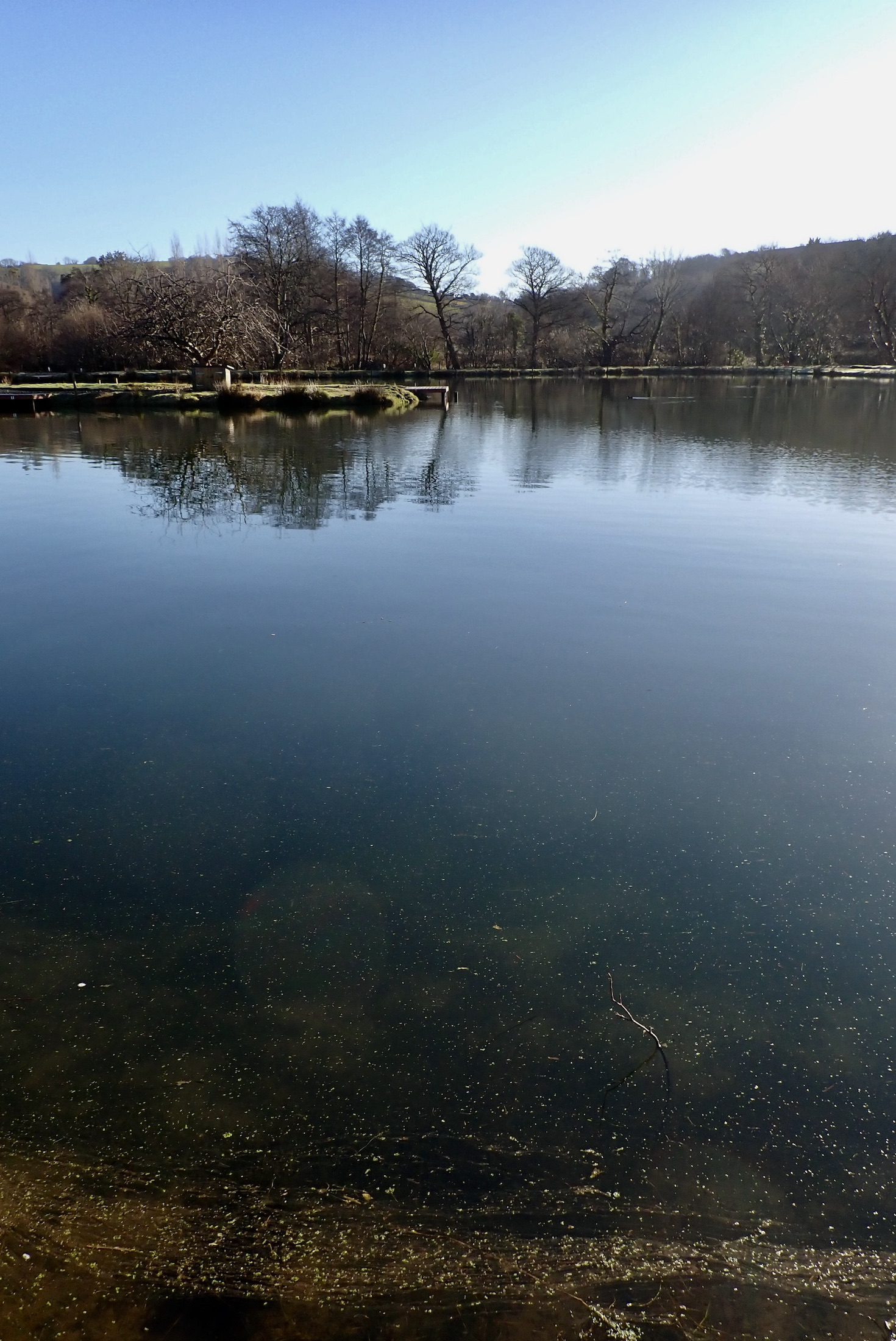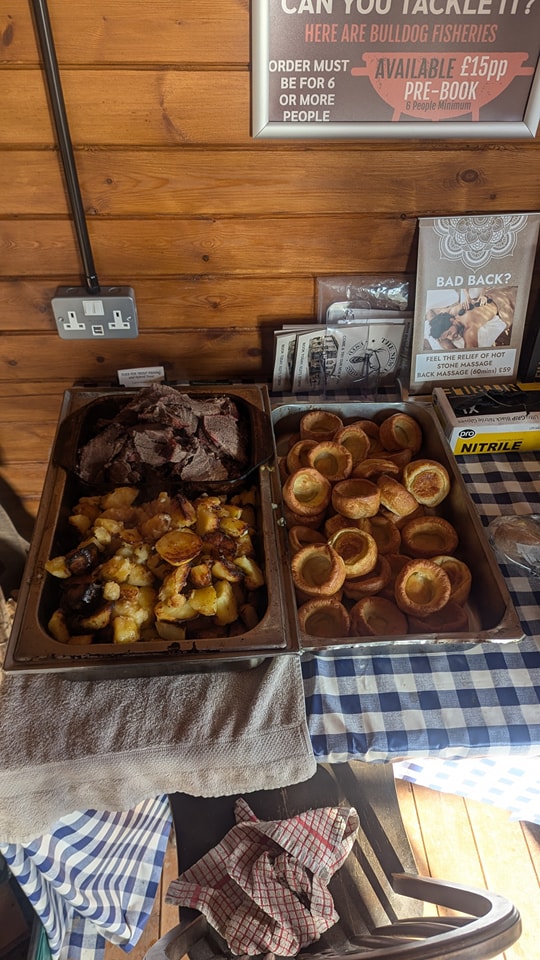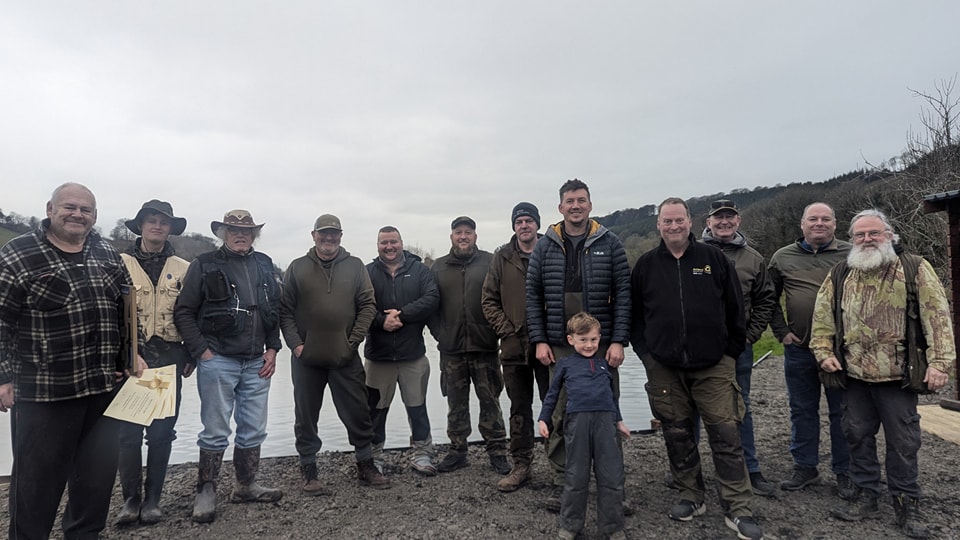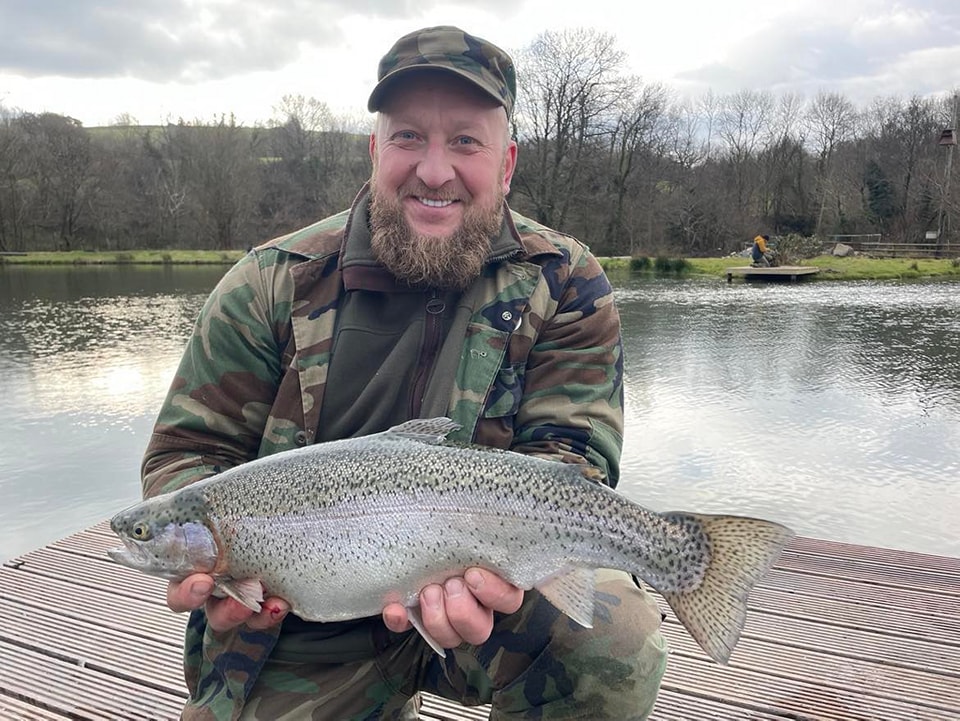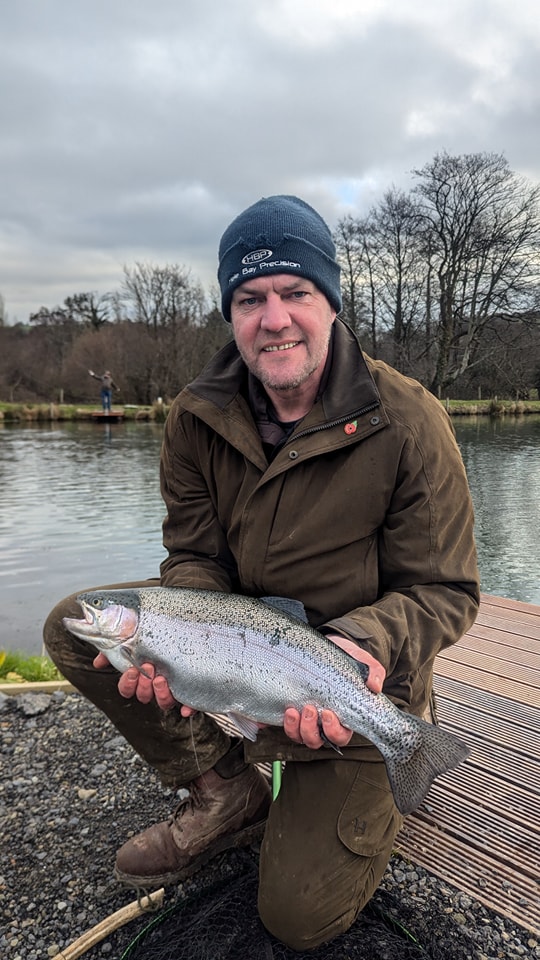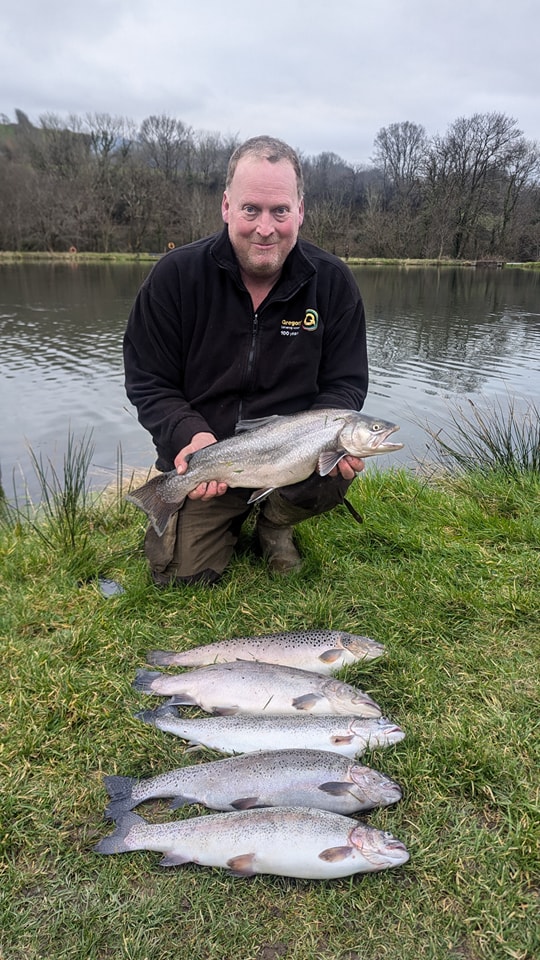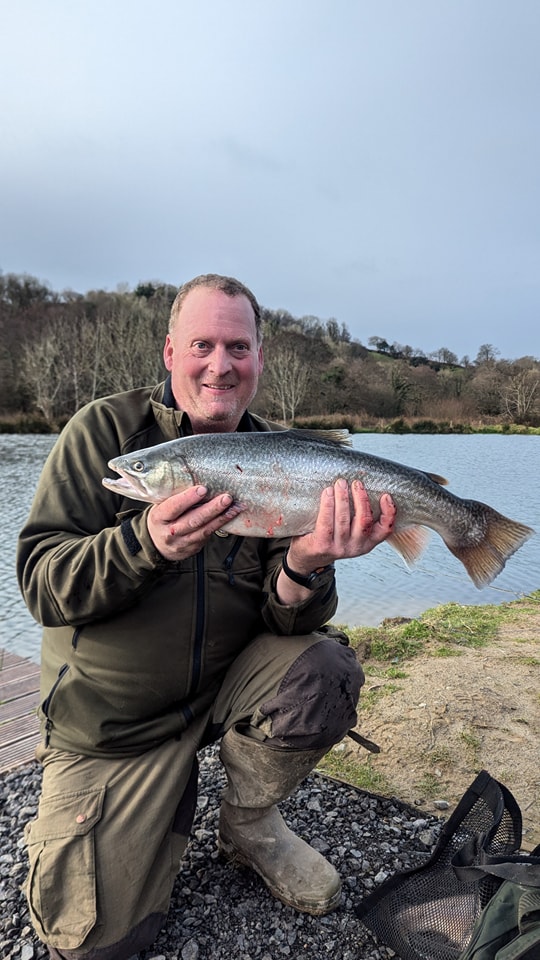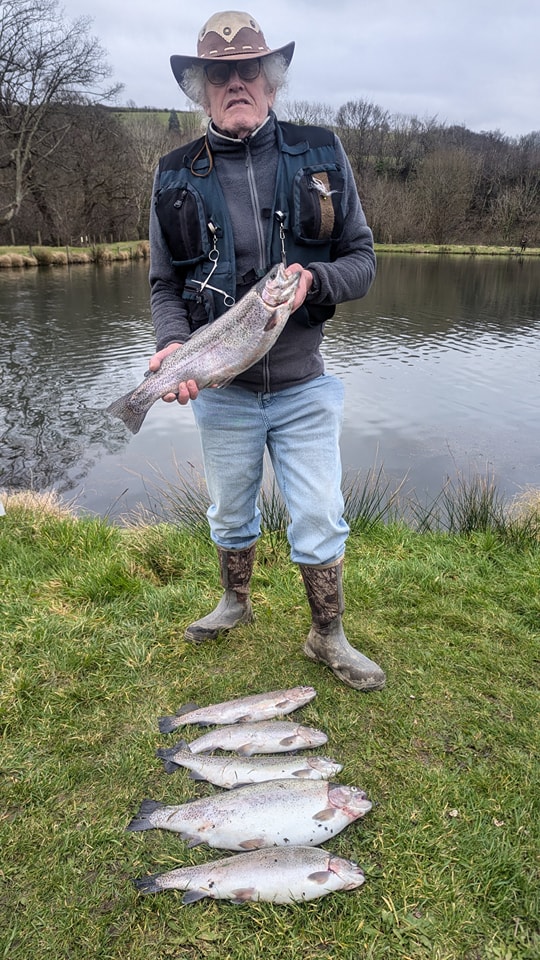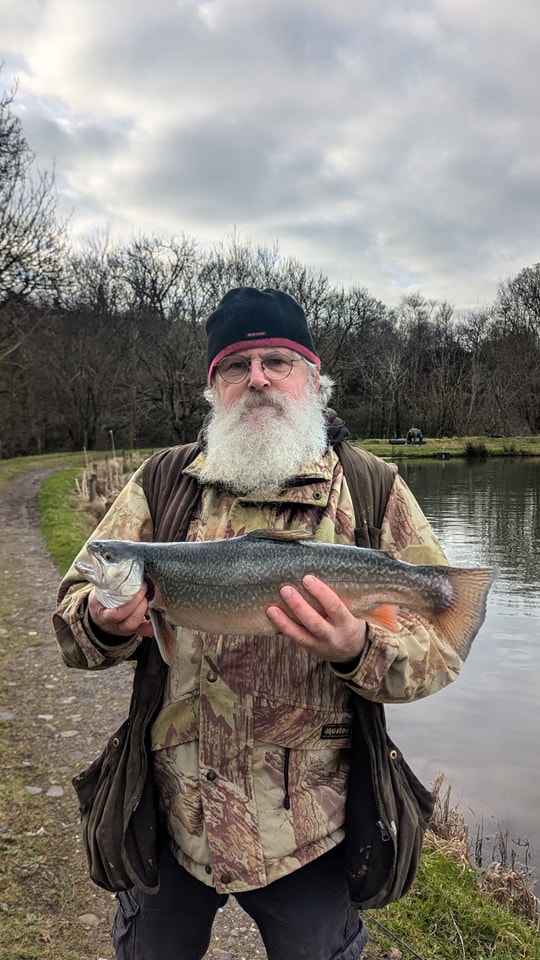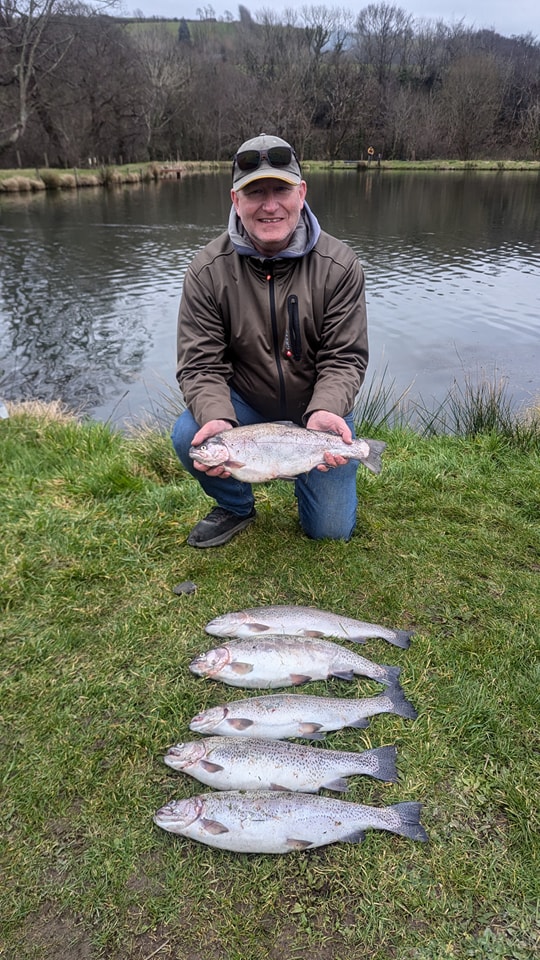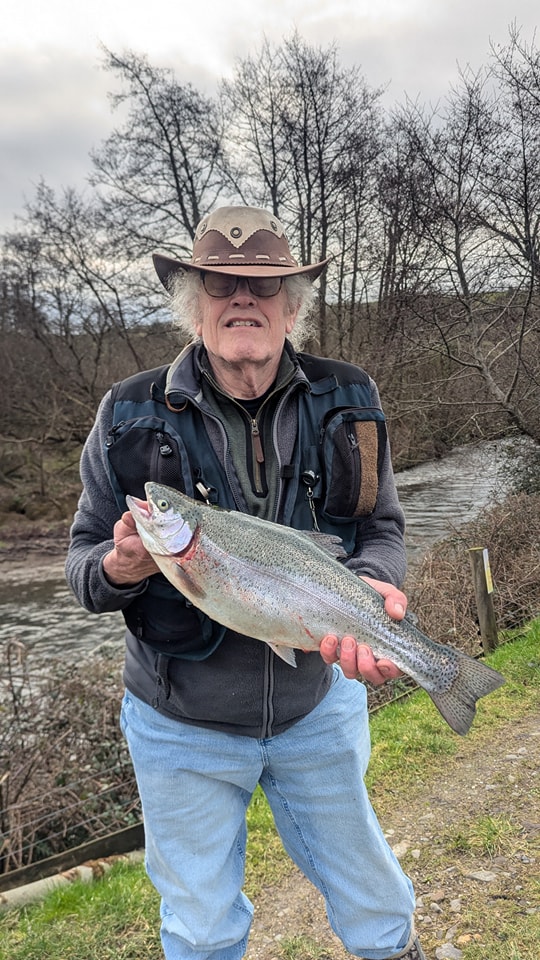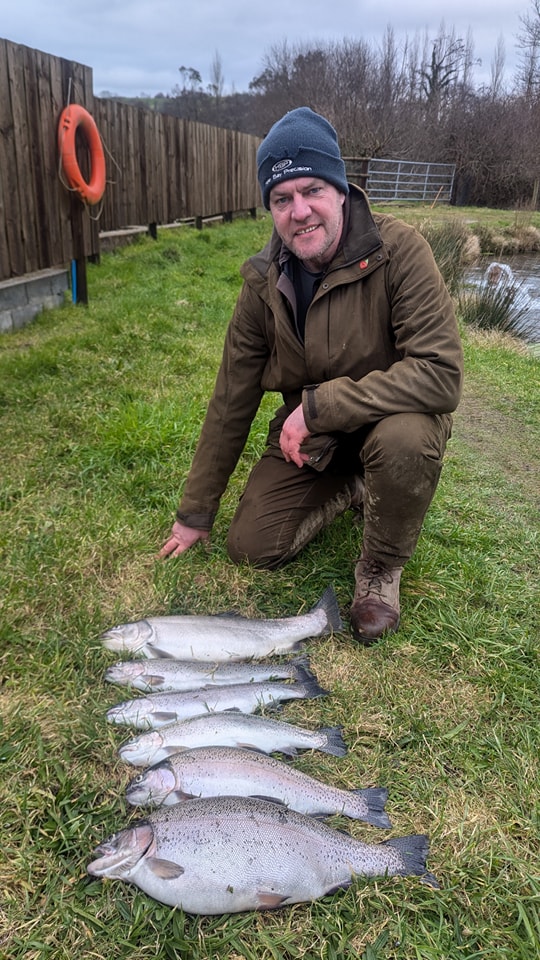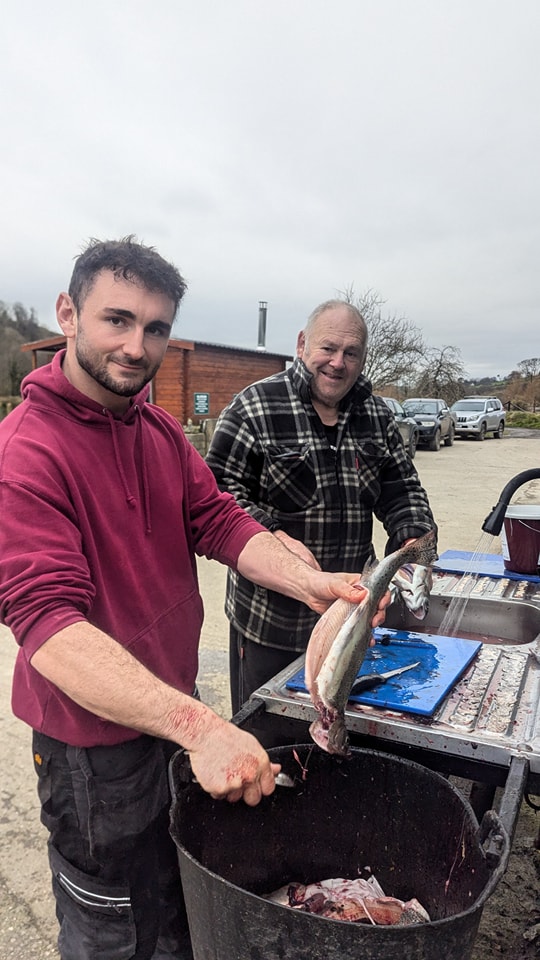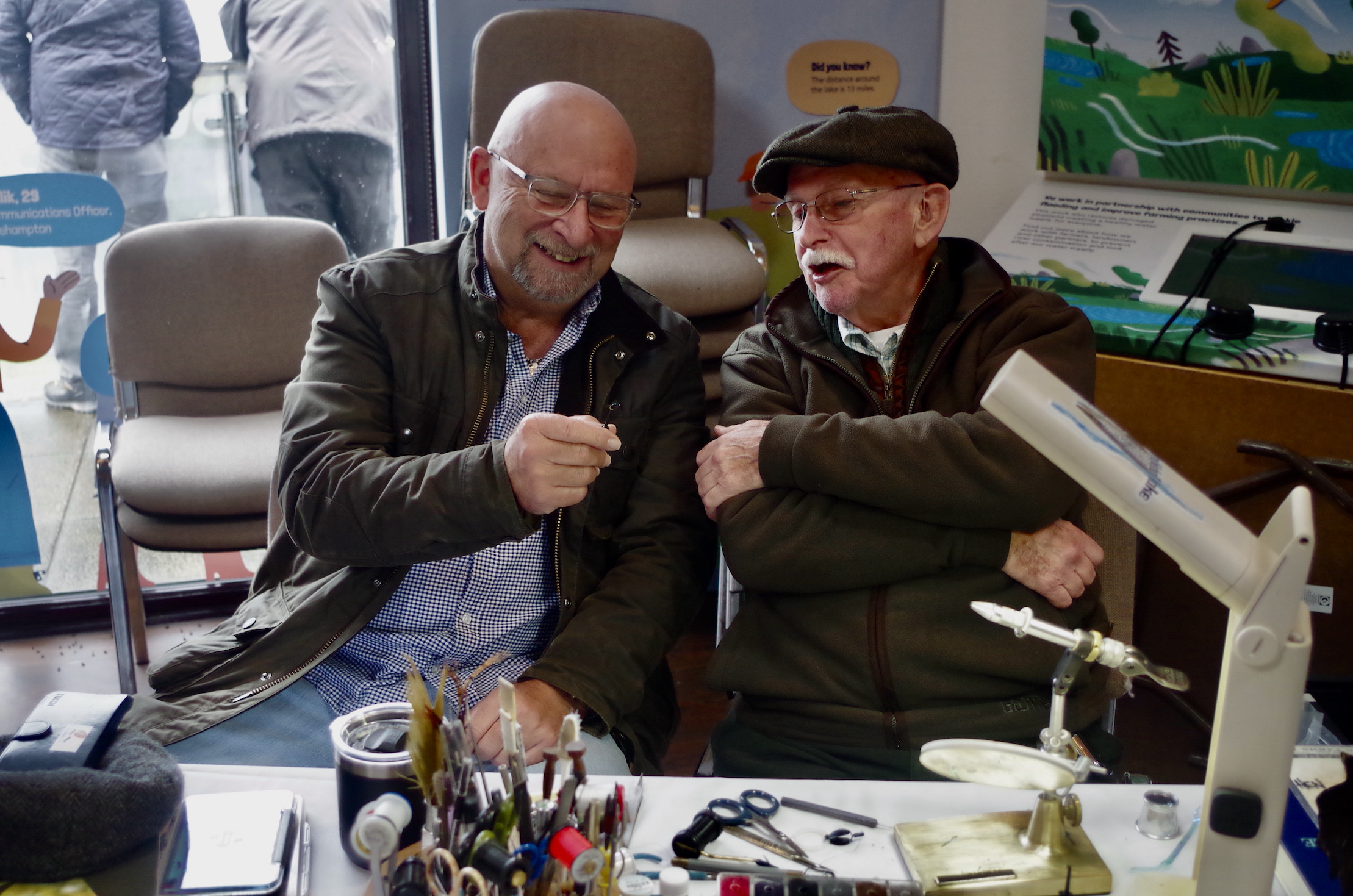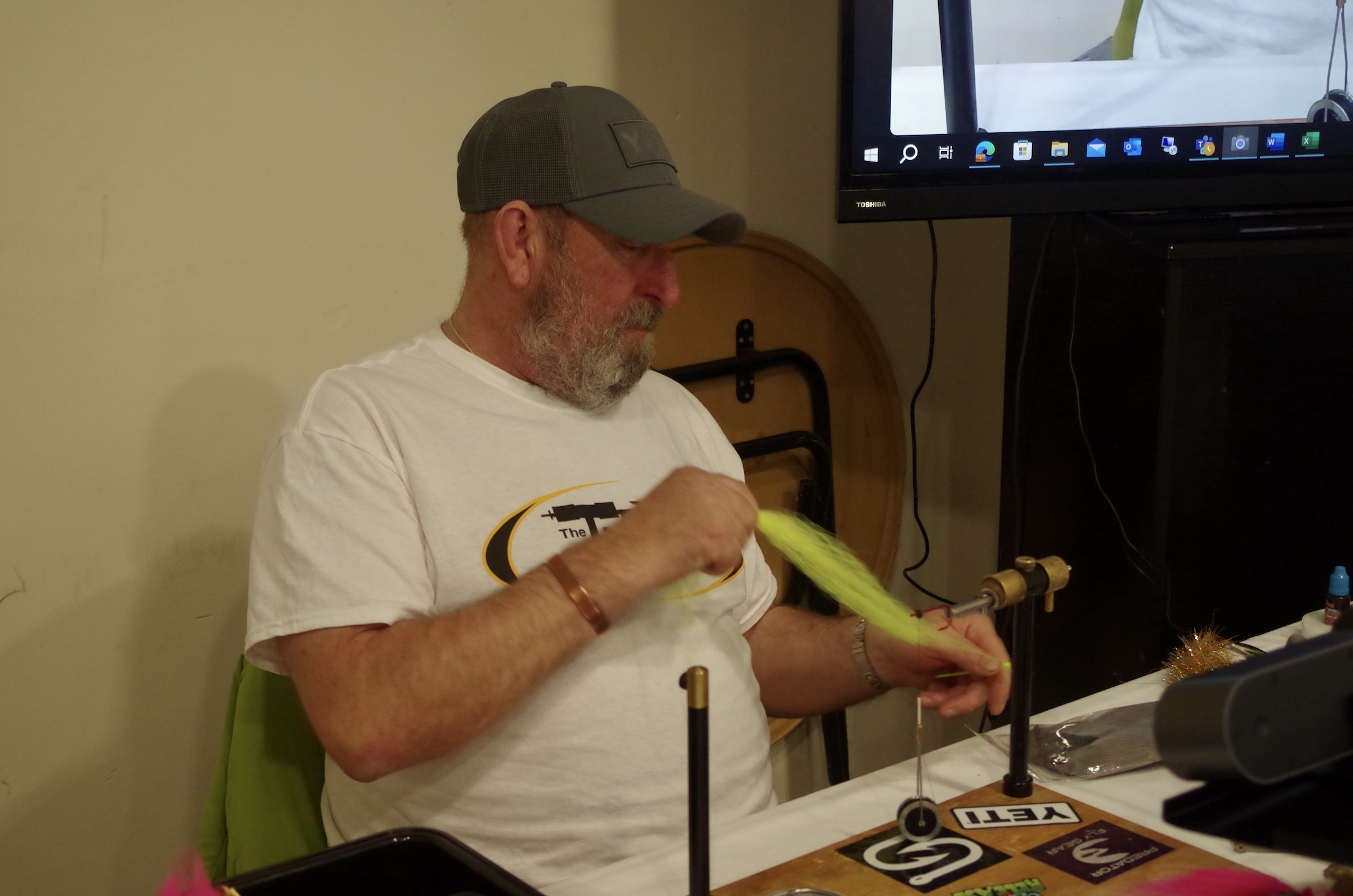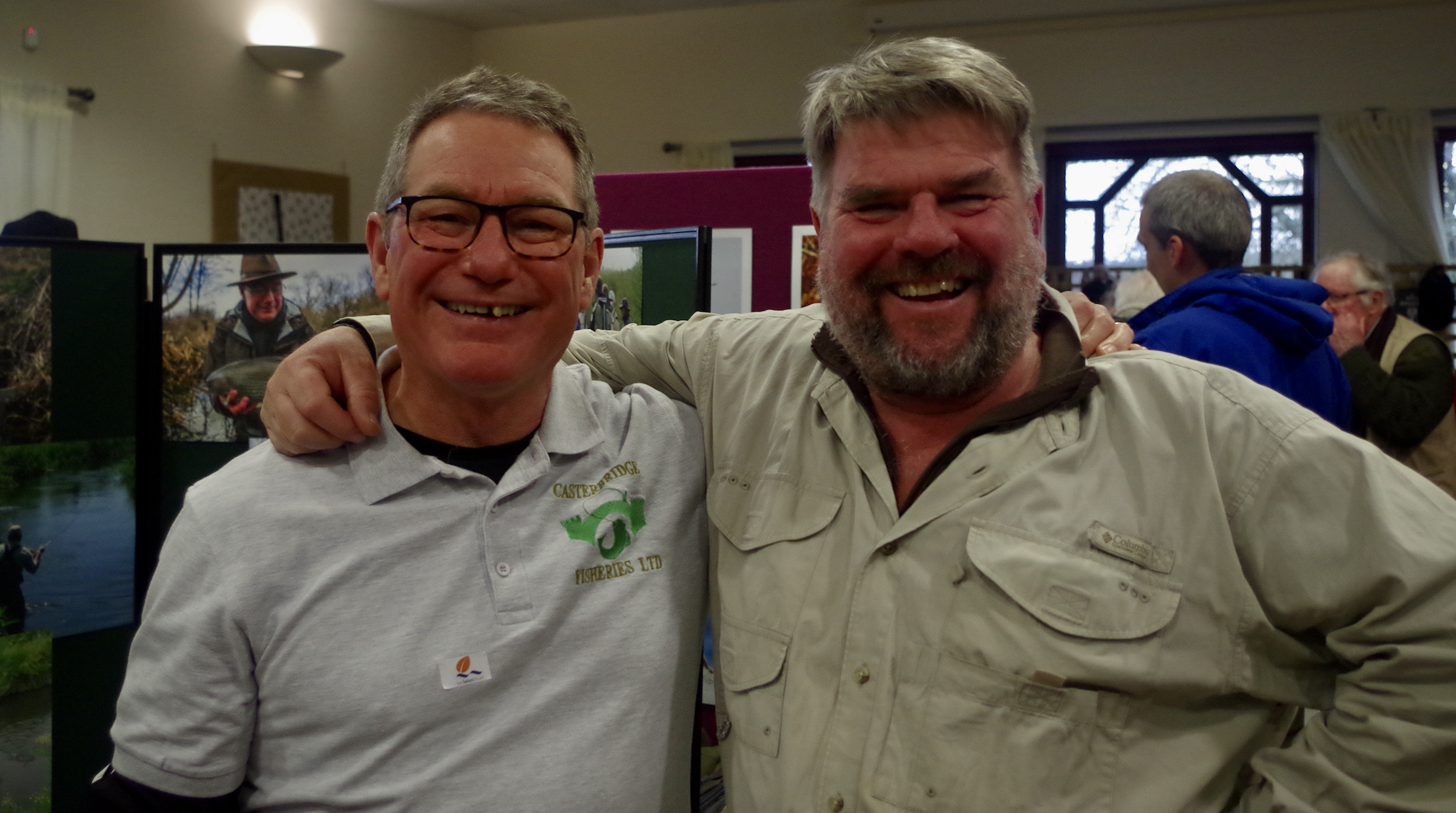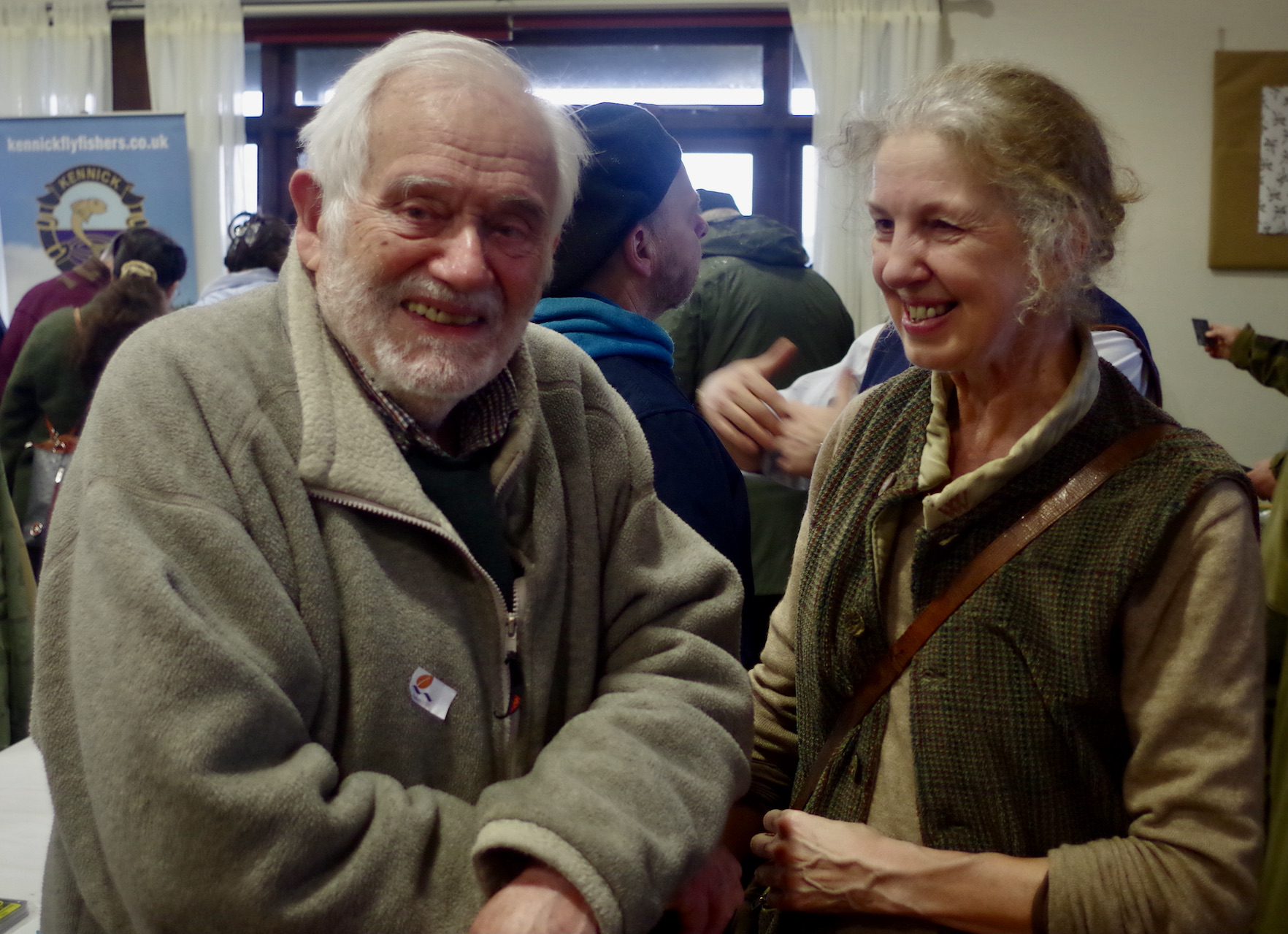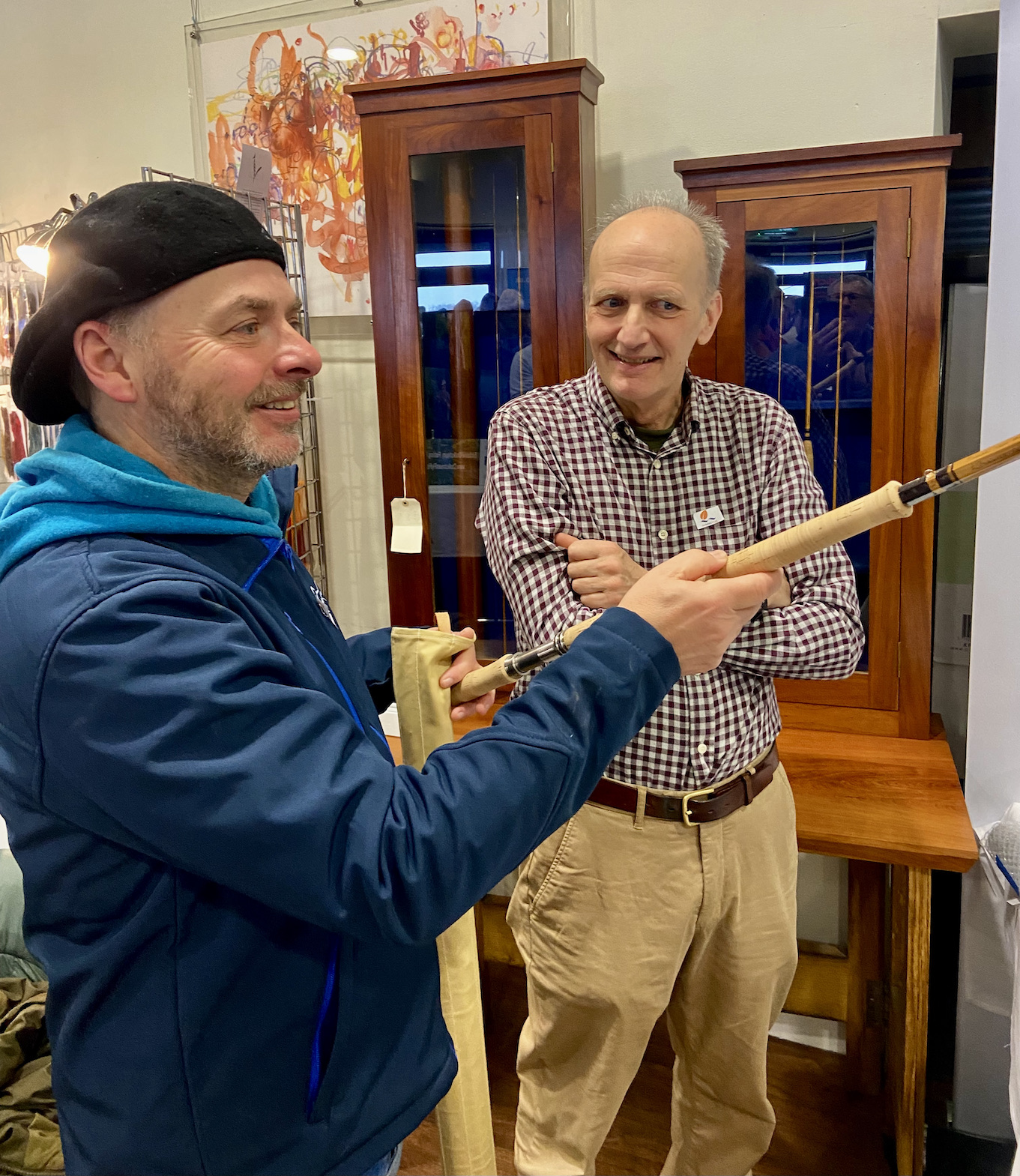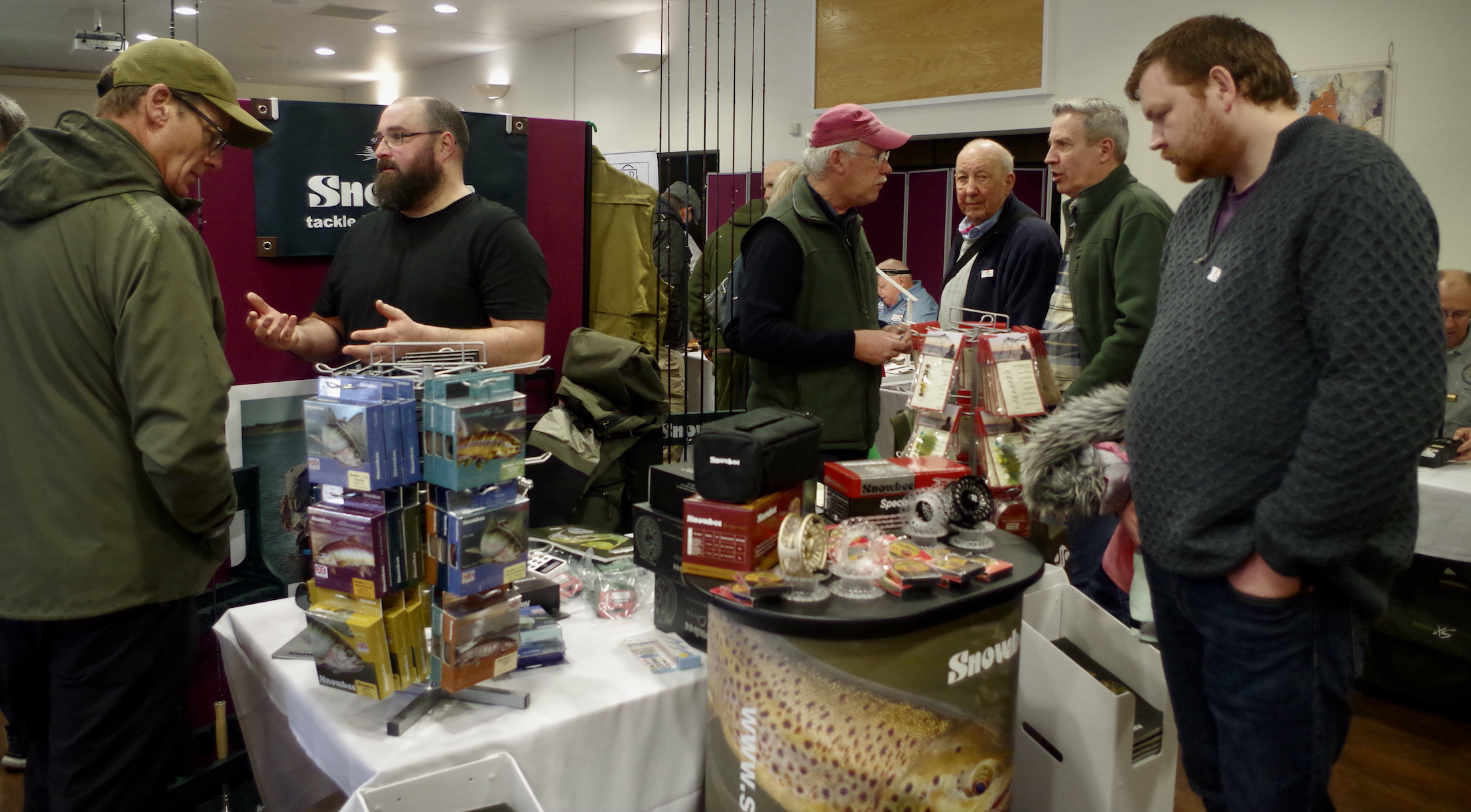Over the past twelve months or so I have helped introduce the film Riverwoods to audiences across North Devon. The film highlights the vital link between tree’s and salmon within complex ecosystems. So when I learnt that West Country Rivers Trust were holding a tree planting day beside the River Barle close to the iconic Landacre Bridge I felt that I should attend and join this effort to improve this environment for the salmon.


Those who follow my posts on North Devon Angling News will know of my dismay at the dramatic decline in salmon populations across the UK and beyond. I have been visiting the River Barle since I was a child when I would play in the cool clear waters fascinated by the minnows and trout that darted to and fro. Later I fished for Salmon inspired by the writings of previous generations who enjoyed an abundance hard to imagine today. Thirty years ago I walked the bank in late Autumn to glimpse salmon huddled in deep pools prior to spawning.
It is poignant to reflect upon the plight of Exmoor’s salmon an iconic symbol of the Rivers health and the wider indicator of our planets health. The river is in trouble these flowing waters that teamed with life are dying and it is up to us to reverse this trend.


Our son James works with the National Trust’s wetlands team across North Devon and joined me as a volunteer. We took photo’s as we planted tree’s that will hopefully be there in twenty years or so when our granddaughter can perhaps visit to see where her grandad looked to the future. It is my hope that salmon will still be migrating to the Barle then as they have done for thousands of years.


Many thanks to Dan Osmond (below) for his in depth account of the day below: –

Trees for Salmon – Planting Day at Landacre Bridge
There’s an old cliché that, ‘salmon live in trees’ but there is a deep and intertwined relationship between these fish and the vegetation that symbiotically supports both, not just the salmon. For trees, salmon bring rich nutrients from the sea up with their migrations to their spawning grounds. Numbers vary by ecosystem and health of salmon populations, but in some areas it has been observed that up to 70% of all nitrogen in trees comes from these migratory fish. This is reciprocated and for salmon, trees provide richer feeding opportunities through falling terrestrial insects and bolstering aquatic ecosystems with leaf and coarse materials for aquatic insects. Not only this, but trees provide resilience against climate change, through evapotranspiration and shading, vital in Southern England as climate threatens the already endangered Atlantic salmon. The benefits continue, as when trees succumb to the wind or are dragged in by beavers, the woody material aids natural processes in forming river stability and forming scours and complex habitat, all of which provides refuge for all different life stages of fish.
The view of the Barle valley from Landacre bridge is a treasured site for many local to or fond of Exmoor. This area is a site of Special Scientific Interest, both for the species-rich mire found within the floodplain but also for our friend the Atlantic salmon. The Barle is an area still supporting high numbers of spawning fish within the Exe despite declines across the catchment and has some of our highest annual electrofishing results for juvenile salmon each year. Despite the picturesque scene, this area is vulnerable, with high browsing from red deer and cattle leaving the banks bare of vegetation, and now showing signs of erosion that left unchecked would leave this very valuable area degrading further.
It was with this concern that we decided to step in with our ‘Trees for Salmon’ planting at Landacre Bridge. Supported by advice from Exmoor National Park Authority (ENPA), we set about a strategy of ‘applied nucleation’, whereby small clusters of trees are planted to act as a dense source of future tree recolonisation. This has the added benefit of small enclosures deterring deer from munching vulnerable young trees, the leading cause of the lack of vegetation in these parts. The work was funded through Natural England’s Species Recovery project and site visits and collaboration with their team allowed us to target our planting exclosures in areas that would not negatively impact the mire habitat but bring about an overall improvement in the long-term hydrology and habitat function at this location. Being such boggy ground doesn’t make the job easy however, with the team from Three Atop Woodland Services manually installing the tree protection exclosures, even through the worst of this winter’s blizzards. All of this was wonderfully supported by the enthusiastic permission and help of the landowner Jo, who has been watching and caring for the salmon in these headwaters for many decades.

With all that goes on behind the scenes, it was with relief that we were able to bring 1,500 young trees and a cheerful group of volunteers to Landacre Bridge on Sunday the 9th of February – the sun was even shining! After some words about the importance of the area and purpose of the day from local angler, Ueli Zellweger, and able demonstration from the WRT tree planting ninjas, Jay and Rob; the group of 25 dispersed across the valley to put trees in the ground at the exclosures. A mixture of native broadleaf trees were planted in, with sessile oak, alder, rowan, blackthorn and hawthorn forming this future riparian woodland community. So able and enthusiastic were our volunteers that by lunchtime, hot leek and potato soup in-tow, all of the trees had already been planted! After some warm bowlfuls and more fishy conversation, folks made their way back on home and the truck was loaded to return to the yard, 1,500 trees lighter. Though the effects of the hard work will take time to see, I look forward to returning to seeing these same plants in a couple of decades and the opportunities that they provide for the river ecosystem. Against the ongoing declines in biodiversity, most evident in freshwater migratory fish of all vertebrate groups; the day offered a positive opportunity to put boots on the ground, get mud under the fingernails and do something about it. We hope for many more opportunities to do the same again and scale up these restoration activities to support our wonderful rivers.
Dr. Dan Osmond
Senior Fisheries Scientist
Westcountry Rivers Trust










